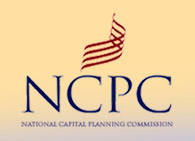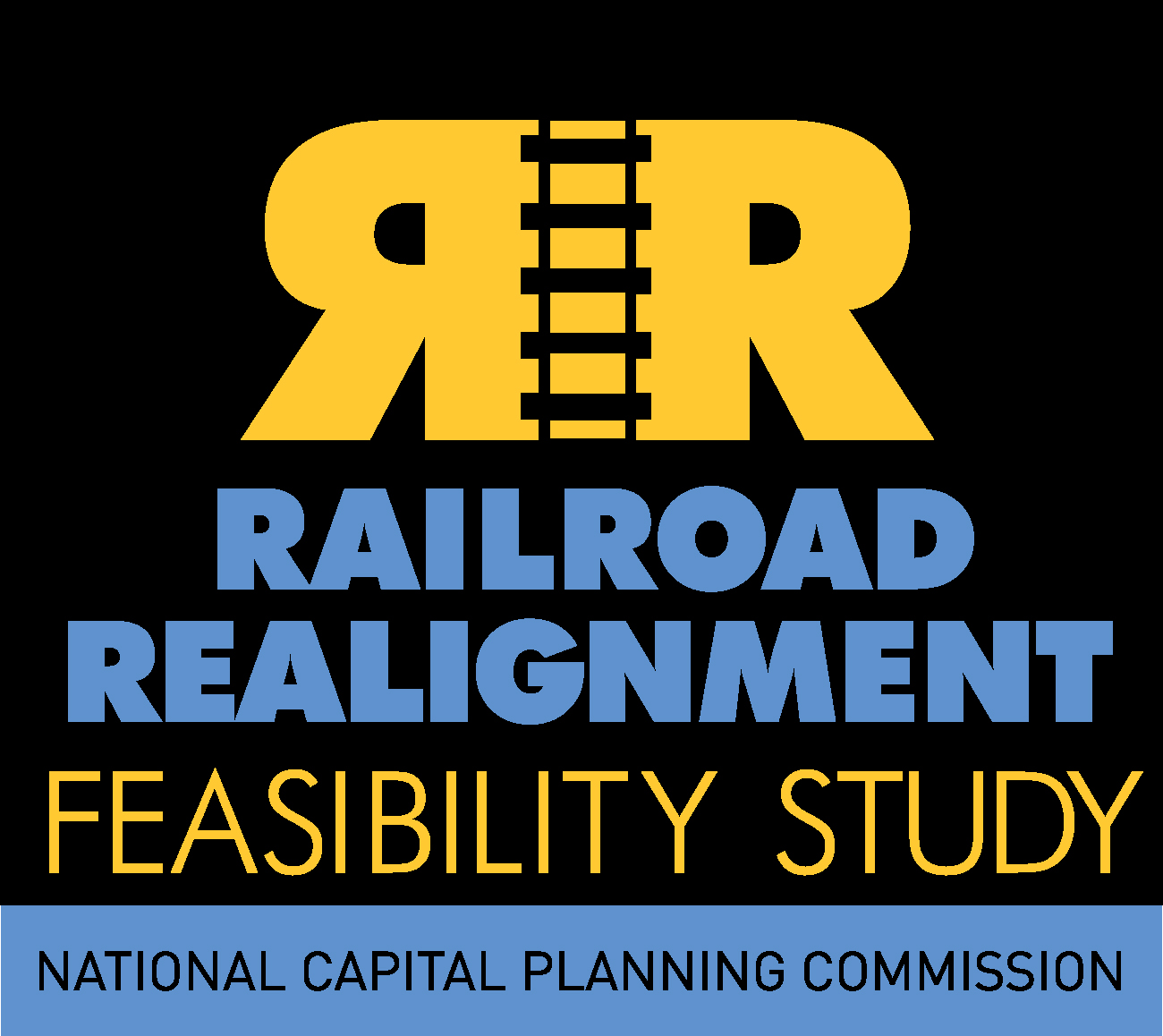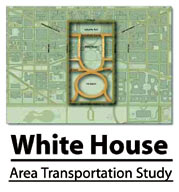Transportation PlanningRail Realignment Feasibility Study
In 2007 NCPC released the Railroad Realignment Feasibility Study, a project conducted in partnership with the District Department of Transportation (DDOT). With the assistance of consultant Parsons Brinckerhoff, the study examined the benefits and costs of relocating nearly eight miles of freight rail tracks that cut through the monumental core of the nation's capital. Rerouting freight rail traffic around central DC would reduce the security risk to sensitive parts of the capital city, improve freight transit along the entire Eastern seaboard, open up new opportunities for economic development, and restore streetscapes and public spaces in Washington. Funded by a $1 million grant from the Department of Homeland Security, the study initially identified seven alternative corridors and then further evaluated the three that were considered the most viable. The draft report presents a full assessment of the costs and benefits of each of these three corridors and calls for more detailed study of all available options. NCPC staff members briefed dozens of local and regional stakeholders on the rail study and will continue to do so as appropriate. Next steps include securing funding for the additional required studies. Public comments received by NCPC will be shared with the next government entity responsible for further study of the proposed realignment.
First envisioned in NCPC's 1997 Extending the Legacy plan as a way to improve connections between the monumental core and the rest of the city, the Circulator began operating in July 2005 with routes along two corridors. A third route around the National Mall was added in March 2006, providing service daily from March to October and on weekends throughout the rest of the year. A main goal of the service is to reduce reliance on private vehicles by providing a fast and easy way to get around downtown. Circulator, run by a public-private partnership, may add additional routes in the future.
The closure of Pennsylvania Avenue in front of the White House and of E Street between 15th and 17th Streets, NW, for security reasons has significantly impeded cross-town mobility. Participants in the study are examining alternatives such as reconfiguring traffic patterns on the surrounding streets, reopening E Street, or constructing tunnels under the closed streets.
To determine the improvement in mobility gained under the proposed scenarios, the team is utilizing TRANSMIS, a cutting-edge transportation model developed by Los Alamos National Laboratories. The White House Area Transportation study is one of the first in the country to use this analytical tool. |
401 9th Street, NW
North Lobby, Suite 500
Washington D.C. 20004
Phone: (202) 482-7200
Fax: (202) 482-7272
Email: info@ncpc.gov
North Lobby, Suite 500
Washington D.C. 20004
Phone: (202) 482-7200
Fax: (202) 482-7272
Email: info@ncpc.gov



 The Circulator, an affordable, convenient, and reliable bus service that complements Metrorail, is now in its third year of operation. In March 2007, the
The Circulator, an affordable, convenient, and reliable bus service that complements Metrorail, is now in its third year of operation. In March 2007, the  NCPC, in partnership with the District Department of Transportation, the General Services Administration, and the Bureau of Alcohol, Tobacco, Firearms and Explosives, conducted a charrette from July 12 to July 14, 2006, at which six independent consultants evaluated design alternatives for reconfiguring the intersection of New York and Florida Avenues. The District Department of Transportation developed the designs as part of its New York Avenue Corridor Study, completed in April 2006. The
NCPC, in partnership with the District Department of Transportation, the General Services Administration, and the Bureau of Alcohol, Tobacco, Firearms and Explosives, conducted a charrette from July 12 to July 14, 2006, at which six independent consultants evaluated design alternatives for reconfiguring the intersection of New York and Florida Avenues. The District Department of Transportation developed the designs as part of its New York Avenue Corridor Study, completed in April 2006. The  In conjunction with representatives from several federal, regional, and DC agencies, NCPC is participating in the White House Area Transportation Study to explore options for improving traffic flow in the center of the nation's capital.
In conjunction with representatives from several federal, regional, and DC agencies, NCPC is participating in the White House Area Transportation Study to explore options for improving traffic flow in the center of the nation's capital.